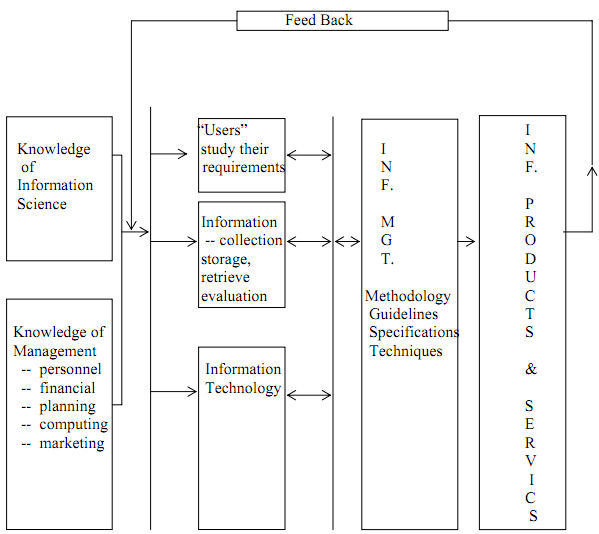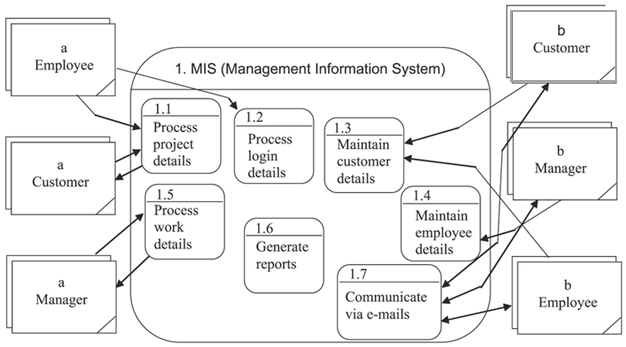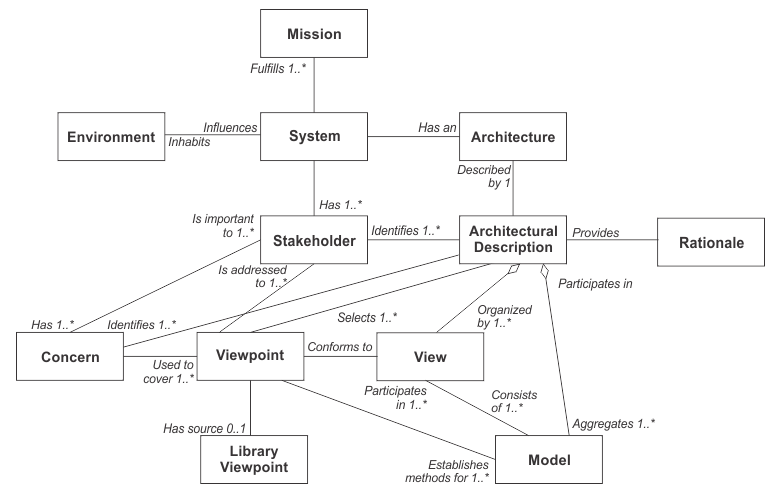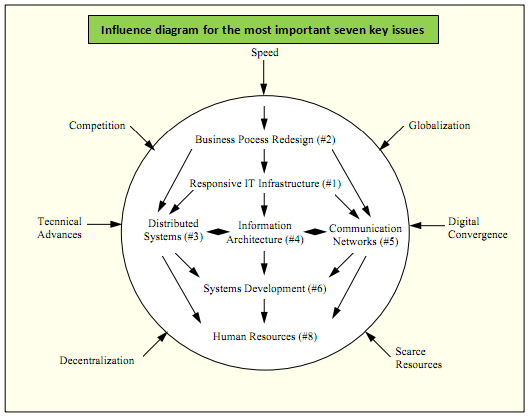Introduction
Samsung started its business in the year 1938 as a petite trading company in Taegu, Korea. The founding chairman of Samsung was Byung-Chull Lee. Even after facing several hurdles, the Korean War of 1950 and the financial crisis of 1997 being the two major setbacks, Samsung has been able to carve an enviable niche for itself in the world electronics market.
According to the vision of Samsung, “Samsung is dedicated to developing innovative technologies and efficient processes that create new markets, enrich people’s lives, and continue to make Samsung a digital leader.” (Samsung).
History and Nature of Business
The initial name of Samsung group was Samsung Sanghoe when Byung-Chull Lee started it as a trading company based at Taegu city. During the ensuing years, Lee diversified the business in various fields such as sugar refinery, woollen mill, insurance, securities, and retail.
In 1960, the Samsung group forayed into the electronics market. New companies were formed such as Samsung Electronics Devices Company, Samsung Electro-Mechanics Company, and Samsung Corning Company. In the year 1980, all the companies related to the electronics business were merged in the parent company Samsung Electronics Co. Ltd.
The first product launched by Samsung in the electronics sector was a black and white television set. During the ensuing years, Samsung opened facilities for manufacturing electronics in countries such as England, Portugal, United States, Japan, etc.
Today, Samsung has stake in various fields such as electronics, construction, chemicals, heavy equipments, life insurance, securities, hotels, etc. Following are the affiliated companies of Samsung that are listed with the Korea Composite Stock Price Index (KOSPI):
Scope of Management Information System
“Information, a key resource, plays an important role in information society. Treating information as resource itself is a change in information management. Different issues on information management are management of change, systems and services, technology, collection development, personnel management, finance and planning.” (Rao, 1999)
The scope of Management Information System is defined as, “The combination of human and computer based resources that results in the collection, storage, retrieval, communication and use of data for the purpose of efficient management of operations and for business planning.” (Coursework, 2003)
An effective management information system can be developed only by having an unambiguous strategy for implementing various tasks. The following points should be pondered upon:
- Information pertaining to the end-users.
- Evaluating the present information system.
- Which are the sources and their availability?
- Will it be cheaper to access information than acquiring it?
- The consequences of absence of information.
Following is a flowchart of the Management Information System:

As the name suggests, Management Information System is based on information. The purpose of Management Information System is to provide information pertaining to the functioning of the business (like functioning of accounts). Such information is interpreted by the staff at various levels and decisions are taken for the improvement of the business and also to ensure that the business is game for competition. Management Information System is employed in businesses all over the world. Following is a flow chart that depicts the flow of information:

Features of Management Information System
Following are the advantages of Management Information System:
- Of late, organizations throughout the world have grown in size. As such, it has become difficult for managers to manage the various functions of the business. The reason being the information is very vast and it is difficult for them to interpret the same. Management Information System provides only the relevant information to the managers so that they can take proper decisions.
- Due to the vast information, managers get confused and this hampers the decisions to be taken. Management Information System eases the difficulty by summarizing the information.
- Management Information System helps in decentralizing the authority.
- Management Information System helps in sending information to the concerned departments of any business. As a result, all the departments have up-to-date information.
- Management Information System maintains a link between all the departments of any business.
- Management Information System helps in maintaining a link between the planning and control procedures of any business.
Management Information System Architecture
“Information architecture is the term used to describe the structure of a system, i.e. the way information is grouped, the navigation methods and terminology used within the system.” (Barker, 2005)
“Architectural artefacts are created in order to describe a system, solution, or state of the enterprise… The architect has a responsibility for ensuring the completeness (fitness-for-purpose) of the architecture, in terms of adequately addressing all the pertinent concerns of its stakeholders…” (Togaf)
There is a certain procedure to be followed while crafting effective information architecture:
- The requirements should be understood properly.
- Stakeholders should be interviewed.
- Cards sorting should be performed.
- The cards sorting results should be evaluated.
- Information should be grouped.
- Draft architecture should be made.
- It is not necessary that the information architecture will be perfect in the first try. It might have to be changed and the process might have to be followed a number of times.
- Several user tasks should be identified and the process of each task should be sketched out.
- Comments from other staff members should be invited on the process.
- Once everything is perfect, annotations of the procedure should be made.
- Guidelines for the procedure should be included in the annotations.
Business domain is an essential perspective for architectures of Management Information System. The perspective is, precisely, as follows:
Following is a flow chart that depicts the Management Information System architecture:

Management Information System Networking
While creating, refreshing or recreating an infrastructure of a business, it is very important to take the technological aspect into consideration. It becomes all the more important due to the fact that today businesses are becoming global and as such, in order to keep pace with the competition, having the latest technology is a must. According to an article posted at the Website of California Miramar University:
Infrastructure considerations in the local environment are extremely important. The reason for that is that the connectivity typically in the local environment extends not only from the individual machine, that the user might be using, but also back to the system components that allow access to those applications that provide business services, such as email or database access, etc. (Calmu, 2012)
Management Information System Database
“Strategically managing your critical information and resources is essential for success, and will keep you one step ahead of your competitors.” (Steps)
Benefits of having a proper database for the information are as follows:
- Items can be defined in a preferred manner.
- Information is safe because users are allowed to enter into the system on an approval basis.
- Owing to the automated notification feature, the stakeholders are automatically informed about any change in the information. Subsequently, stakeholders can take the required actions.
- A systematic approach makes it easy for the end-users to operate.
- Time and money are saved.
- Features that were previously included in the interface and are not being used are automatically deleted. This helps in making it user-friendly.
- Since the system is centralized, the users don’t need any software to work. They can simply work through their internet connections.
IT-Enabled Business Processes
“The purpose of business process management (BPM) is to define and manage business processes as an asset of the organization, in much the same way an organization’s customers, intellectual property, financial and physical assets are managed.” (Welke, 2010)
There are certain constituents for successful IT-enabled business processes:
- A vast span is covered by these processes. Care should be taken that such processes are not too large if the business is new or the processes are being employed for the first time.
- Instant results can be achieved.
- The characteristic of such processes is very precise.
- There is consistency in these processes.
- Supervision becomes easier.
- The spotlight of these processes is business.
- Incessant enhancement in the business can be witnessed.
The main aim of business process management is to simplify performance management. It manages the organization’s performance. All available assets are put into use while achieving the aim. All the individuals involved in the process are able to work individually and the collective results help in the success of the management process.
Problems and Opportunities of the Current MIS
In order to implement new technologies for Management Information System organizations have to invest a lot. But by merging the business information and the business process management, this investment can be averted. This proves to be a cost-effective measure.
There are certain key issues that should be considered by any organization:
Building a responsive IT infrastructure
The basic rule should be to develop such an infrastructure that supports the existing applications and at the same time responses to the changes. But this task is not as simple as it seems. The incessant changes and developments in technology make it all the more difficult.
Facilitating and managing business process redesign
Organizations worldwide frequently change their methods of doing business due to the pressure from the market. Information technology has a vital role to play in this process. It allows the redesigning of the main business processes in a ground-breaking manner.
Developing and Managing Distributed System
Cost-server applications are economic as compared to the centralized application. But there are certain problems that arise like keeping pace with the latest software, maintaining reliable data, managing common development projects, etc.
Developing and Implementing an Information Architecture
Information architecture is crucial in order to identify the main information categories being used by any organization and their link with the business processes. The same is important in order to execute application developments and facilitate the assimilation and sharing of data.
Planning and Managing Communication Networks
In today’s world, organizations have become more of information processing systems. Processing information by the help of technology requires admission into the suitable networks, internal or external.
Improving the Effectiveness of Software Development
Even after so many years of computing, the backlog of application development is quite high. The conventional methods of development are very slow. New methods like establishing the client server have not proved to be successful. In spite of all these hurdles, organizations have to develop and keep pace with the competition.
Making Effective Use of the Data Resource
Worldwide, organizations are experiencing an increase in their data resources. Most of such data is unrecognized and hard to find. Therefore, such an atmosphere should be built within the organizations that people start treating data as valuable asset.
Recruiting and developing IS human resources
Use of information technology requires professional and well qualified information technology executives. Organizations are facing a shortage of such executives. Moreover, there should be a sense of unity and teamwork within the organization. The information technology executives must be acquainted with the latest developments in the information technology sector.
Aligning the information system within the organization
The efficiency of the information system also depends on its standing in the organization. In other words, the efficiency depends on the place it has in the organization. It has been observed that this particular department is not given its due importance in the organization. Moreover, sadly though, sometimes the cultural and social factors have a great effect on the performance of the information system.
Improving IS Strategic Planning
It is very critical for information system to make long-term plans. But due to the incessant change in business environment all around the world and continuous change and improvement in the technologies, making long-term plans is a difficult task. Short-term plans require too much flexibility.
Apart from these key issues, there are several other factors, some of which are listed below:
- Implementing and Managing Collaborative Support Systems
- Measuring IS Effectiveness and Productivity
- Increasing Understanding of IS Role and Contribution
- Facilitating Organizational Learning
- Managing the Existing Portfolio of Legacy Applications
- Facilitating and Managing End-User Computing
- Using Information Systems for Competitive Advantage
- Planning and Integrating Multi-Vendor Open Systems
- Developing and Managing Electronic Data Interchange
- Outsourcing Selected Information Services

Recommendations
The future holds a very important role for management information system. Since this kind of system is mainly based on the information technology, it seems that in future the world will become a sort of wired community.
Organizations should give more importance to acquiring and adopting the latest technologies in the information technology sector. This will help them to be in the race for the top slot. By adopting the new methods, organizations will be competent enough to survive the fierce competition for excellence. This will also enhance their performance and chances of errors will be minimised.
As discussed earlier in the paper, competent information technology professionals or personnel are very crucial to any organization that has adopted the management information system. Without such professionals, even though the organization has adopted the latest information technology, it will be difficult for it to cope up with the requirements of the management information system. A strong network of information is required in order to get the up-to-date information.
This is possible if the organization has registered its website with some reputed SEO service company. SEO means service engine optimization. Business houses around the world rely on SEO services to enhance the page ranks of their company websites. The advent of such services dates back to the mid 1990s. It helps business houses in garnering more attention for their products or services on the web. Websites play a critical role in the success of any business.
When a person searches for any particular product, the names of the companies that have employed such services and deal in that product appear first. During the years, there has been an upsurge in the quantum of sites and the web users. People find it easy and time-saving to gather information available on various search engines. The SEO services are helpful in extending information to such people.
It has become inevitable for any new business to make use of such services in order to enter the market and also for the existing businesses to sustain the competition. There are various reasons as to why companies should make use of SEO services. One of the most important reasons is that a company might have a perfect website with all the required information for promoting its products or services but unless the website is viewed by the customers, it is futile. So optimization of the websites is very crucial.
Choosing a good search engine for optimization can enhance the traffic to a company’s website. Consequently, there will be an increase in the opportunities and possibilities of getting business. Another important feature of having SEO services is the blogging within the website. People will be able to see comments on the products and/or services of that company and this will help them decide on the purchase.
Adding fresh keywords will also help in attracting new traffic. It is believed that fresh stuff supported by fresh keywords and an operational blog, result in higher page ranks and higher business. There are two kinds of SEO services namely, short term and long-term. As the names suggest, the difference between the two is the duration. Basically, the short-term services are not encouraged by reputed companies due to the fact that such services have more of drawbacks than the positive effects.
Moreover, search engines like Google also discourage the short-term services. There are certain benefits of choosing the long-term SEO services. First of all, the business house will be game for competition for a longer duration. The likely customers will have a continuous relevance when they see the company listing incessantly.
Secondly, by changing keywords at regular intervals, a company can keep pace with the savoir-faire of the customers. Finally, a long presence at the pinnacle of the SERPs enhances the company image and indicates its stability. It also shows that the company has a long-term strategy and will keep on making its presence felt to the web community.
Conclusion
In concluding, we understand that information plays a crucial role in the management information system. Information is indirectly or directly related to information technology infrastructure. The information technology infrastructure is handled by the IT professionals. So it is an acceptable fact that IT professionals are a key to the successful implementation of management information system in any organization.
References
Barker, I. (2005). What is information architecture?. Web.
Calmu. (2012). Management information system: Networking technologies video lecture from MIS 6110. Web.
Coursework. (2003). The purpose and scope of MIS – management information systems. Web.
Rao, I. K. R. (1999). Information management: Scope, definition, challenges & issues. Web.
Samsung. Corporate profile. Web.
Steps. The ultimate information management system and database. Web.
Togaf. Architectural artefacts. Web.
Welke, R. (2010). In J Dibbern (Chair). Research in the emerging area of IT-enabled business process management. Paper presented at Bern IT-enabled business process management, Engehaldenstrasse. Web.